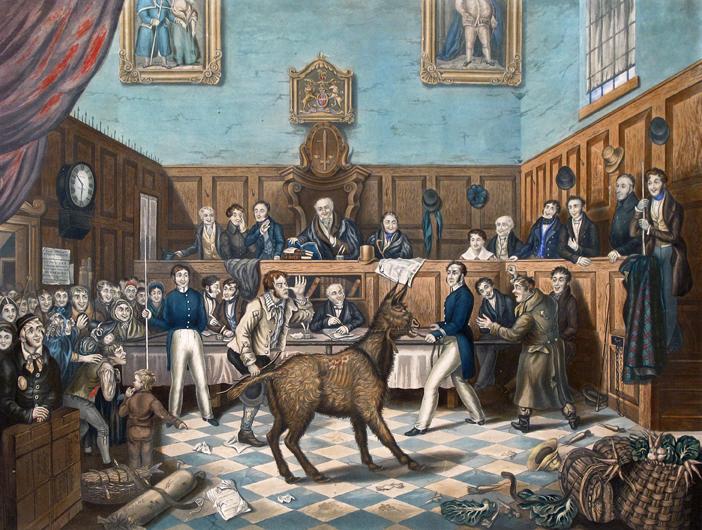The court case of the beaten donkey: why did anti-specicism stop there?
04 Aug, 2024

In 1822, a historic case in Britain saw a donkey become the first animal to receive justice in court. Prosecuted by Richard Martin, this trial exposed severe abuse and led to the first conviction for animal cruelty. This event marked a turning point in societal attitudes toward animal welfare and laid the groundwork for future animal protection laws.
The implications of this event are profound for the antispeciesist movement, which opposes the hierarchy between humans and non-human animals. The donkey's trial highlights the importance of recognizing animal suffering and challenges the notion that animals are mere property.
Historically, animals were widely mistreated for entertainment and work, reflecting a cultural acceptance of speciesism. The philosophical shift towards recognizing animals' capacity to feel pain, as argued by thinkers like John Locke and Jeremy Bentham, paved the way for legal reforms. Martin's victory in court was not just a win for the donkey but a crucial step toward dismantling speciesist beliefs embedded in society.
The donkey's trial illustrates how legal systems can be leveraged to challenge speciesist norms and promote a more just society for all sentient beings. It reminds us of the ongoing need for vigilance and advocacy to ensure animals' rights are protected. By recognizing and addressing animal suffering, we take a significant step toward realizing the antispeciesist vision of a world where all sentient beings are treated with respect and compassion.
Towards Comprehensive Legal Reform
However, despite these historical advances, our current legal framework remains insufficient to ensure the complete protection of animals. Recognizing animal sentience must be at the heart of our legislation, requiring several essential reforms:
- Expansion of Animal Protection Laws: Laws must cover all forms of cruelty, including those in often-overlooked environments like industrial farms and research laboratories.
- Strengthening Penalties: Penalties for animal cruelty must be significantly reinforced to serve as a true deterrent.
- Creation of Specialized Institutions: Independent bodies should be established to monitor and enforce animal protection laws, with investigative and sanctioning powers.
- Education and Awareness: Promoting education on animal welfare and antispeciesism from a young age to foster a culture of respect for all living beings.
- Legal Recognition of Animal Rights: Beyond protection, consider the recognition of fundamental animal rights, inspired by models like "Habeas Corpus" for great apes.
Conclusion
The historic trial of the donkey in 1822 is a cornerstone in the fight against speciesism. But to truly honor this legacy and realize antispeciesist ideals, our legal framework must evolve. By promoting robust legal reforms and strengthening our commitment to animal justice, we can aspire to a future where all sentient beings are treated with dignity and compassion.
